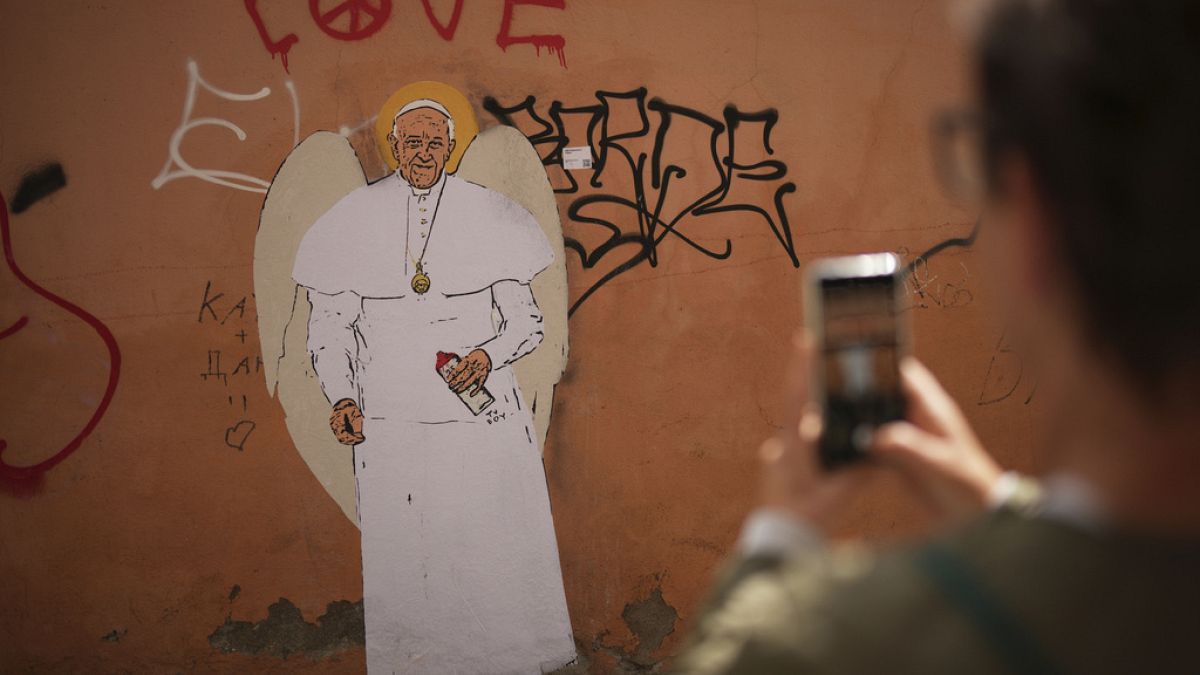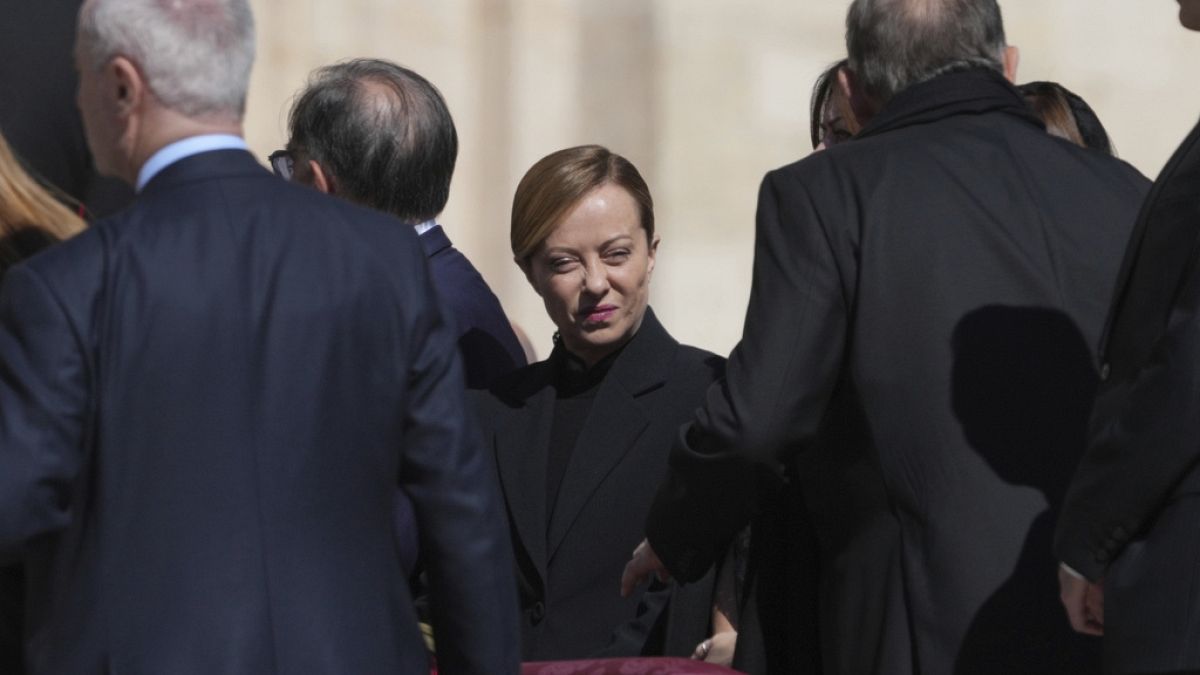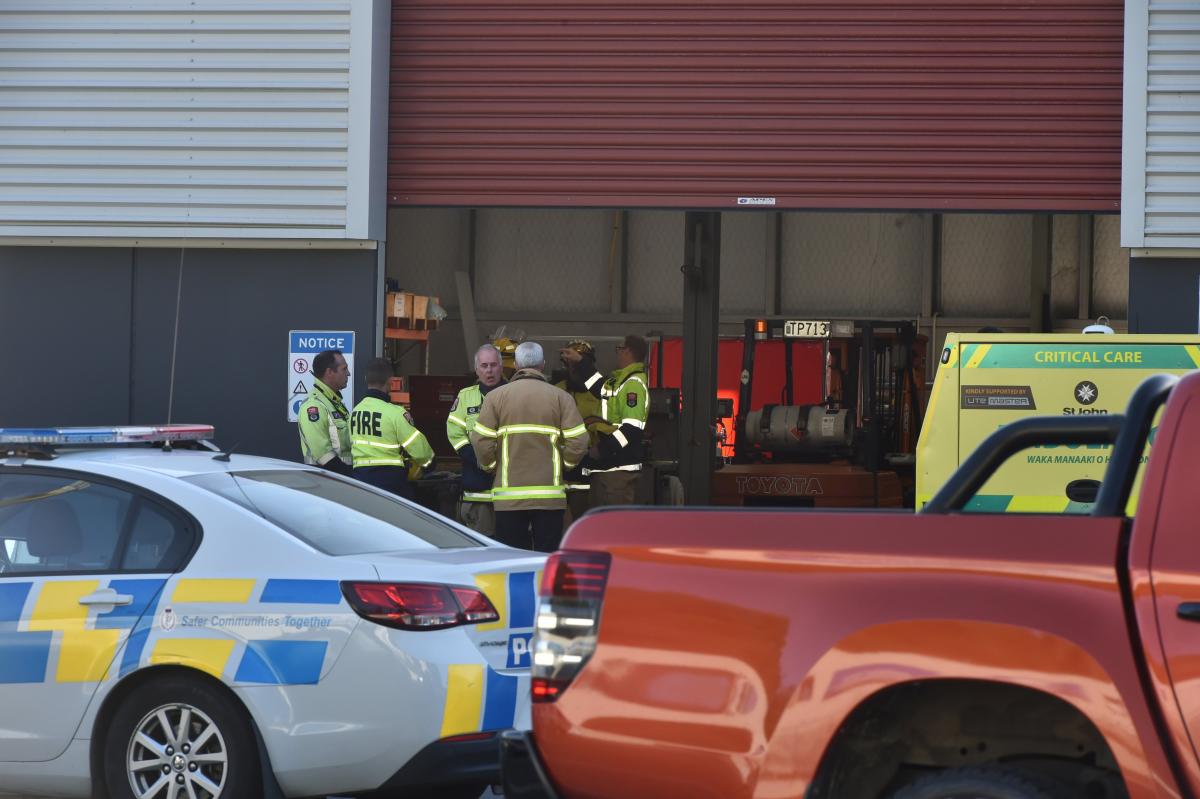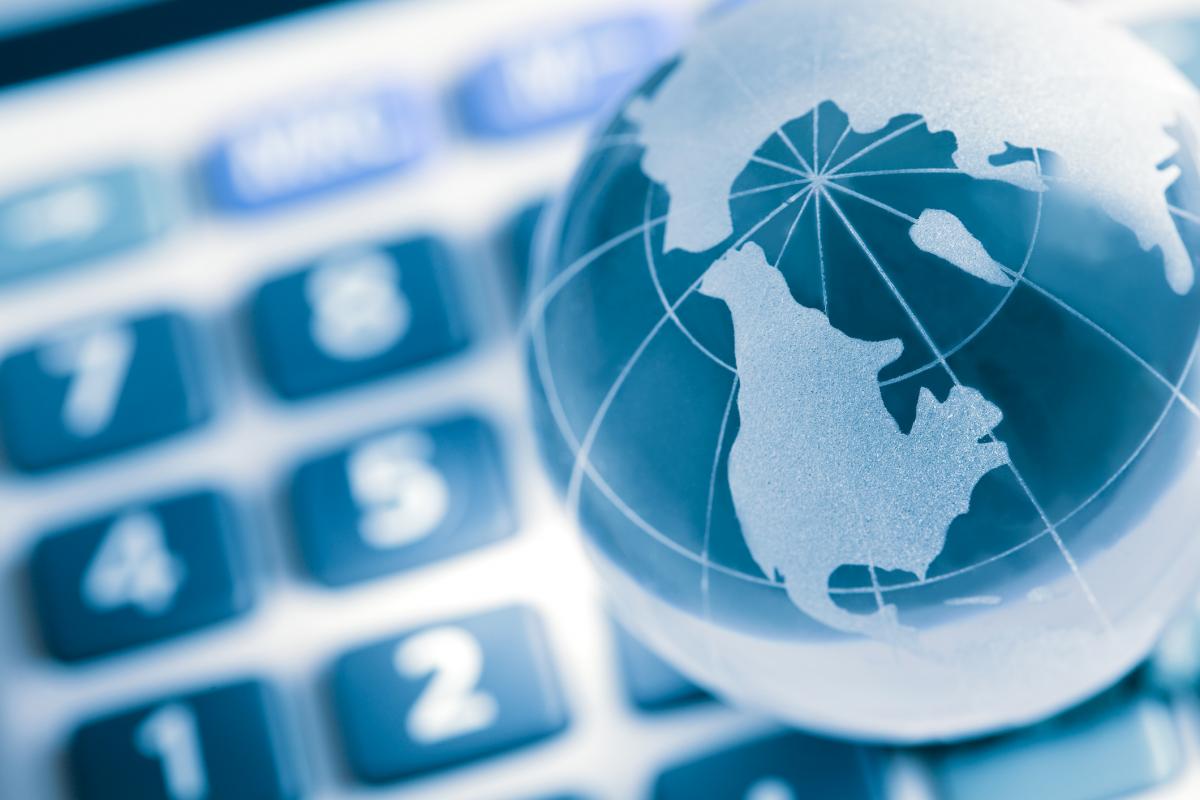Trump signed three separate executive orders on the tariffs after a long golf outing in Florida on Saturday, vowing to keep the duties in place until what he described the national emergency over the drug fentanyl and illegal immigration to the United States ends.
Responding to concerns raised by oil refiners and Midwestern states, Trump imposed only a 10% duty on energy products from Canada, with Mexican energy imports facing the full 25% tariff.
At nearly $US100 billion ($NZ177 billion) in 2023, imports of crude oil accounted for roughly a quarter of all US imports from Canada, according to US Census Bureau data.
Automakers would be particularly hard hit, with new steep tariffs on vehicles built in Canada and Mexico burdening a vast regional supply chain where parts can cross borders several times before final assembly.
The US actions sparked immediate vows of retaliation by Canada and Mexico, with no immediate reaction from China.
A White House fact sheet said the tariffs would stay in place “until the crisis alleviated,” but gave no details on what the three countries would need to do to win a reprieve.
The tariff announcement makes good Trump’s repeated threat during the 2024 presidential campaign and since taking office, defying warnings from top economists that a new trade war with the top US trade partners would erode US and global growth, while raising prices for consumers and companies.
Republicans welcomed the news, while industry groups and Democrats issued stark warnings about the impact on prices.
National Foreign Trade Council (NFTC) President Jake Colvin said Trump’s move threatened to raise the costs of “everything from avocados to automobiles” and urged the US, Canada and Mexico to find a quick solution to avoid escalation.
“Our focus should be on working together with Canada and Mexico to gain a competitive advantage and facilitate American companies’ ability to export to global markets,” Colvin said in a statement.
Provincial officials and business executives in Canada reacted with outrage, calling for forceful tariffs on imports from the US, while senior Mexican and Canadian officials said their countries would respond with retaliatory tariffs.
Tariff collections are set to begin at 12.01am (Eastern Standard Time) on Tuesday, according to Trump’s written order. But imports that were loaded onto a vessel or onto their final mode of transit before entering the US prior to 12.01am on Saturday would be exempt from the duties.
Trump declared the national emergency under the International Emergency Economic Powers Act and the National Emergencies Act to back the tariffs, which allow the president sweeping powers to impose sanctions to address crises.
Trade lawyers said Trump was once again testing the limits of US law, and said the two statutes were untested for broad tariffs. Legal challenges were likely, some said.
White House officials said there would be no exclusions from the tariffs and if Canada, Mexico or China retaliated against American exports, Trump would likely increase the US duties.
Ontario Premier Doug Ford said in an X social media post that Canada “now has no choice but to hit back and hit back hard.”
“As Premier of Ontario, the federal government has my full support for a strong and forceful response that matches US tariffs dollar for dollar,” Ford said.
Nova Scotia’s Premier Tim Houston said he directed that all alcohol imported from the US be removed from the province’s store shelves.
Canadian Prime Minister Justin Trudeau, who has previously threatened strong retaliation if Trump imposed tariffs, was expected to speak later on Saturday.
Mexico’s Economy Ministry said it did not have an immediate comment. But a senior Mexican official told Reuters that Mexico would respond with retaliatory tariffs later on Saturday.
The White House officials said that Canada specifically, would no longer be allowed the “de minimis” US duty exemption for small shipments under $US800. The officials said Canada, along with Mexico, has become a conduit for shipments of fentanyl and its precursor chemicals, into the US, via small packages that are not often inspected by customs agents.
LONG-PROMISED TARIFFS
Trump spoke extensively about the tariffs on Friday, acknowledging they could lead to disruptions and hardships for Americans, but was not scheduled to speak to reporters about the tariffs.
The Republican president said he was using the tariffs to crack down on the flow of the opiate fentanyl and precursor chemicals into the US from China via Mexico and Canada, as well as to stop illegal immigrants crossing US borders.
The move was led by Deputy Chief of Staff Stephen Miller, a forceful hawk on illegal immigration, and Trump’s nominee to head the Commerce Department, Howard Lutnick, who flew to Florida with Trump on Friday.
Less than two weeks into his second term, Trump is upending the norms of how the United States is governed and interacts with its neighbours and wider world.
A model gauging the economic impact of Trump’s tariff plan from EY Chief Economist Greg Daco suggests it would reduce US growth by 1.5 percentage points this year, throw Canada and Mexico into recession and usher in “stagflation” at home.
“Steep tariff increases against US trading partners could create a stagflationary shock – a negative economic hit combined with an inflationary impulse – while also triggering financial market volatility,” Daco wrote on Saturday.
That volatility was evident on Friday, when the Mexican peso and Canadian dollar both slumped after Trump vowed to fulfil his threats. US stock prices also fell and Treasury bond yields rose.















